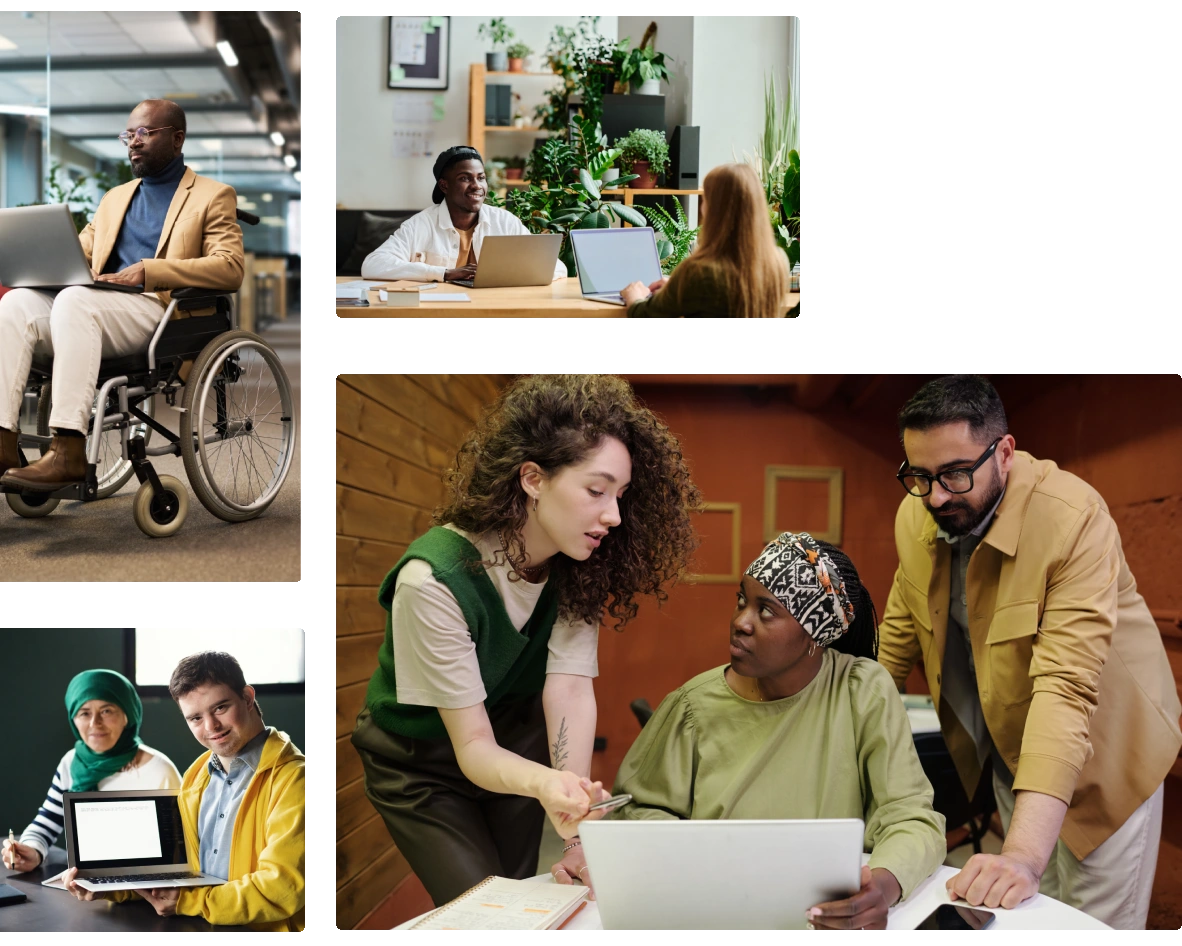CMF Recruitment Services trading as atwsolutions®, is made up of a highly experienced and skilled team of consultants who work with a wide range of people to provide them with support with every aspect of the DWP’s Access To Work scheme.
Established in 2015 by Colin Fowler and Marnie Samuels, atwsolutions® is a specialist recruitment agency which works with individuals and businesses to offer a comprehensive person-centred approach using the social model of disability to provide an outstanding service to people with disabilities, employers, and support workers.

As people with disabilities ourselves, we have a unique knowledge and understanding of the challenges faced by those with disabilities in the workplace and are able to offer information, advice and guidance throughout the Access to Work process and beyond. Not only this, we are also specialist recruitment consultants who can offer a bespoke service to assist you in recruiting a support worker to support you in your chosen job role. From advertising for the perfect candidate to help meet your needs, right through to employee management and payroll, we’ve got you covered.
We also work with employers to offer information, advice and guidance to those who employ, or who would like to employ people with disabilities in their organisations and businesses.
Whether you are an employer, employee, or one of our highly-valued support workers, we guarantee a bespoke service which is confidential, professional, competitively priced and individually tailored to meet your own unique needs and circumstances.
For more information on what we do, please check out our Access To Work and Job Coaching pages, or Contact us for a chat about what we do, or a no-obligation quote for our services.
Let’s work together to achieve your goals.
